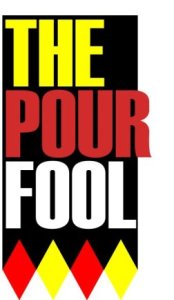
Written by Franz Hofer for A Tempest in a Tankard
Writing about the history and culture of beer in Central Europe invariably involves acts of translation — not only translation of the German-language sources that I read, but also translation in a broad sense. The Russian linguist Roman Jakobson identified three modes of translation, including intersemiotic translation. Unlike “translation proper,†intersemiotic translation allows us to translate cultural phenomena such as customs or even the organization of space from one cultural sign system or linguistic code into another. In plain terms, intersemiotic translation helps us translate affective terms like Gemütlichkeit, or terms that refer to spaces imbued with cultural significance, such as a Stube or a Wirtshaus.
Such words, though, cannot be exchanged as one-to-one tokens. We cannot simply render Gemütlichkeit as coziness, or Stube as parlour. Indeed, as the Weimar-era cultural theorist Walter Benjamin observes in his essay, “The Task of the Translator,†there remains something of all languages that cannot be conveyed or communicated. But Benjamin sounds a reassuring note regarding the transmission of experience from one language to the next. The task of the translator involves incorporating “the original’s mode of signification, thus making both the original and the translation recognizable as fragments of a greater language, just as fragments are part of the vessel†(Benjamin, 78). Like words themselves, cultural phenomena are akin to fragments of a vessel that the translator pieces together in the “spirit†of the original.
Want to read more? Please click… HERE!!!






 In March of 2018, when I posted “Beer, Wine, & Spirits: The Good, The Bad, and The Big Fat Middle”, I didn’t know it was going to be a two-parter…or that Part Two would come almost two years later. That revelation came later, this week, in fact, while searching my drafts file. But – especially in light of the sort of Tough Love rhetoric I espoused in that post – I felt this needed to be said…
In March of 2018, when I posted “Beer, Wine, & Spirits: The Good, The Bad, and The Big Fat Middle”, I didn’t know it was going to be a two-parter…or that Part Two would come almost two years later. That revelation came later, this week, in fact, while searching my drafts file. But – especially in light of the sort of Tough Love rhetoric I espoused in that post – I felt this needed to be said…



You must be logged in to post a comment.